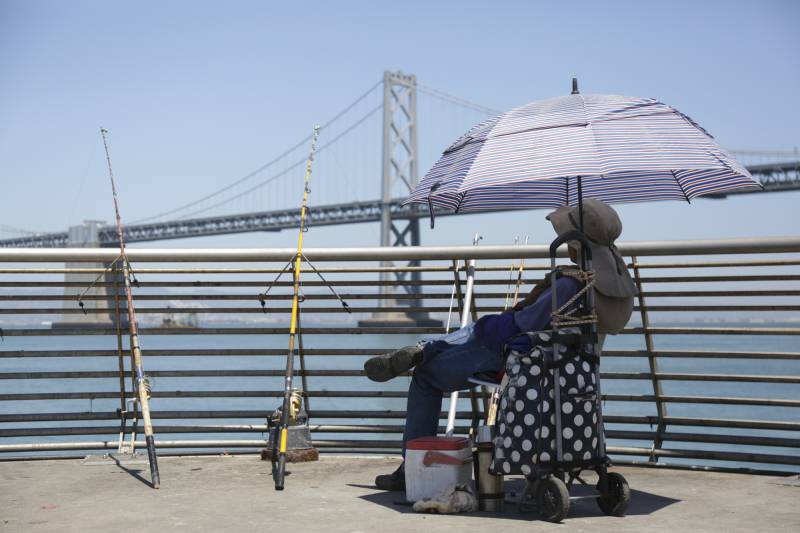India Poetzscher has quantified the environmental risks to the largest organ in the human body. That’s no small feat for a senior attending University High School in San Francisco.
The 17-year-old created the Skin Chem app, which gives users a risk score based on their location. This number helps show how environmental conditions, such as sun exposure and air pollution, threaten skin health.
“A lot of people are becoming more aware about UV and how that affects your skin, but there are all these other chemicals that I don’t think they’re as aware of,” she said.
Beyond the UV index, Poetzscher wanted to highlight air pollution and other factors that affect skin health. The app includes a calculator feature that takes into account cigarette smoking, car traffic and daily sunscreen use.
“I decided to make an app because I feel like it’s very accessible in today’s society,” Poetzscher said.
She has long been interested in skin care. As she learned about chemistry, she noticed certain beauty products have toxic compounds. She then began doing her own research, leading her to pursue an independent study class at school. Thus, the Skin Chem app was born. It won the 2022 Congressional App Challenge for California’s 12th District.
